Assembly Robot Arms Manufacturer
EVS offers robotic assembly systems that can efficiently position, mate, fit, and assemble parts and components in various industrial applications. They help increase the quality and productivity of your robot assembly line as well as lower your operating expenses in the long run. Assembly automation not only provides consistent results but also greater precision compared to humans. Using a robotic arm assembly system allows you to easily configure your manufacturing line as many times as possible which makes it a low-risk investment. EVS’ automated assembly machines also include car assembly line robots to help you get nonstop performance on your assembly processes.
EVS Assembly Robot Advantages
Flexible Design: EVS assembly robots have flexible and compact designs, giving you a large workspace.
Quick Installation: Installation of EVS robotic arms only takes a few hours with a straightforward debugging process.
High Load Capacity: Our robots have highly rigid arms that can handle large products without any complications.
EVS Assembly Robot Applications
EVS assembly line robotic arms are applicable for a wide variety of industrial processes aimed to expand your production capabilities. Save your workers from dull and tedious assembly line jobs as well as other applications such as sorting, handling, loading and unloading, welding spraying, polishing, palletizing, and 3C.
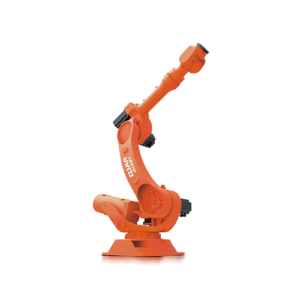
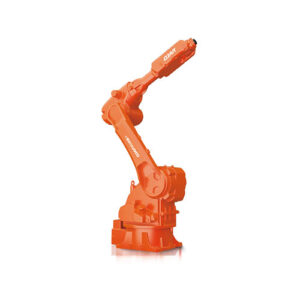
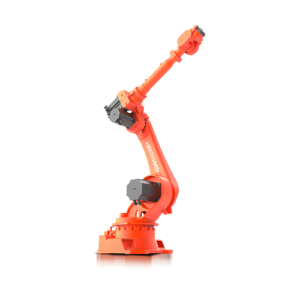
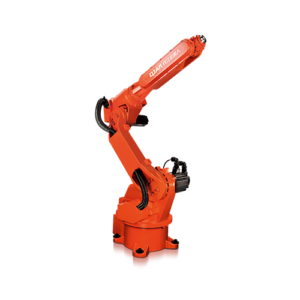
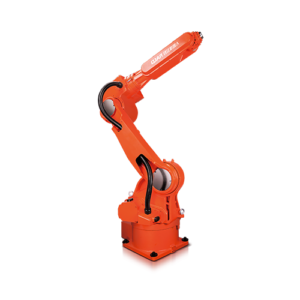
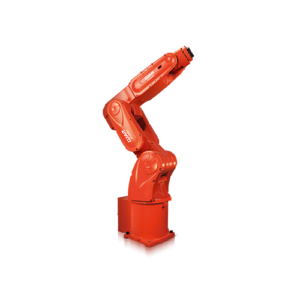
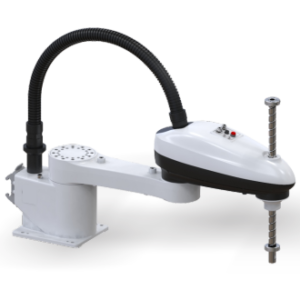
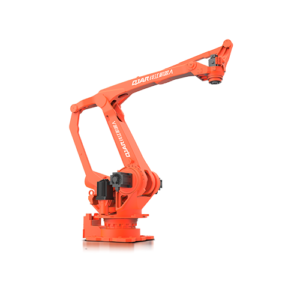
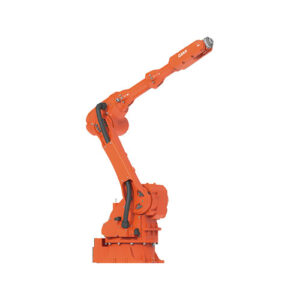
EVS Robotics is an industrial robot supplier providing automation solutions and support to our customers. Our products are used in industrial automation such as welding, painting, handling, palletizing, bending and polishing. And after years of development, our core technology has been widely used in different industries like Automotive, Metal Industry, Food & Beverage, Medical & Pharmaceutical and more.
Copyright ©EVS TECH CO., LTD All rights reserved.All materials not authorized may not be redirected or for other usages.